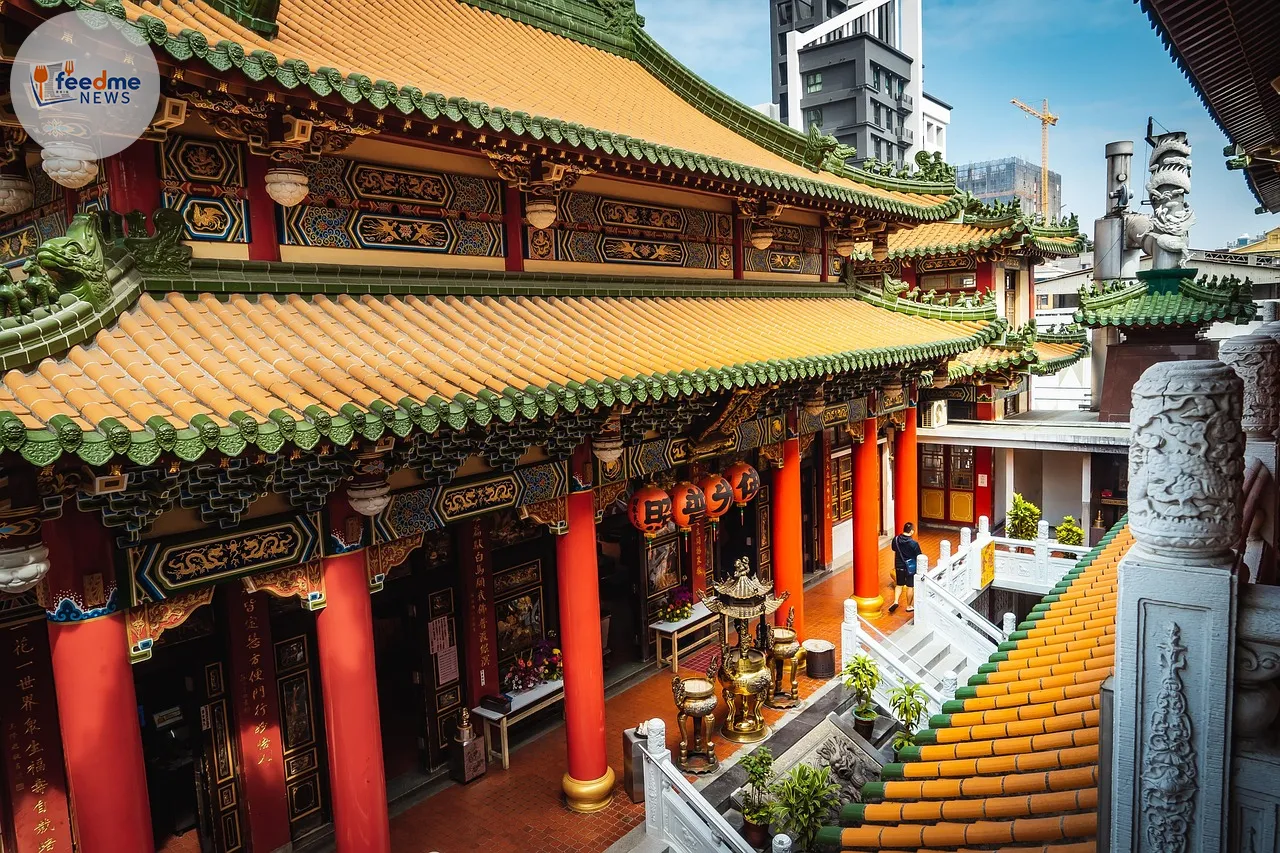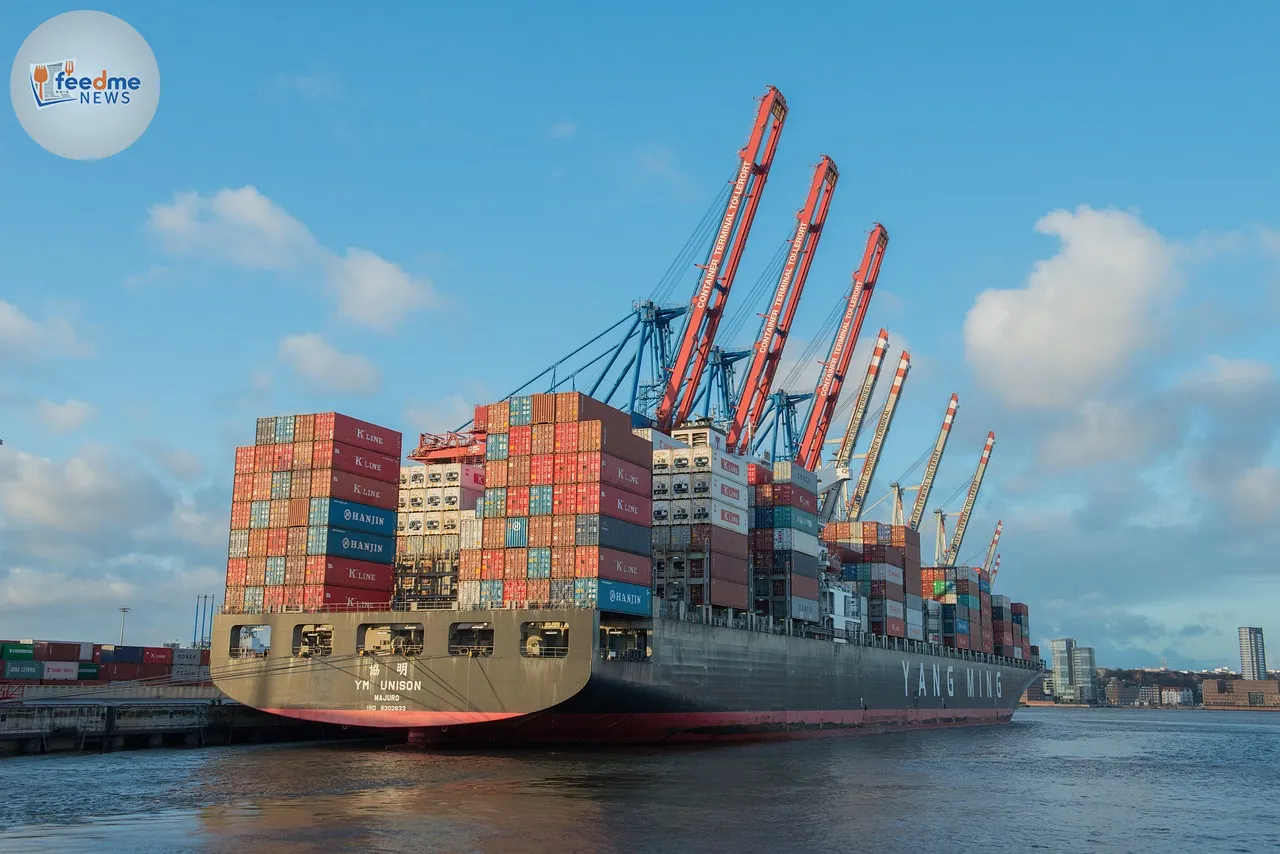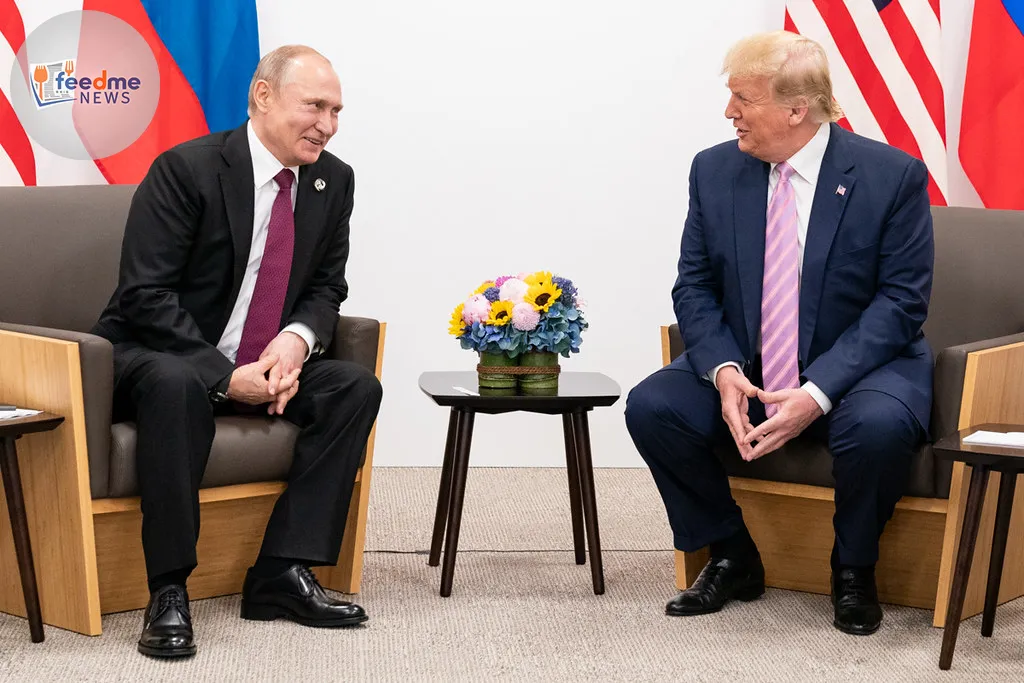China’s leader, Xi Jinping, told Donald Trump that Beijing’s stance on Taiwan “remains unchanged” and framed the island’s “return” as an “integral part of the post-war international order” in a phone call that underscored sharpening tensions across the Taiwan Strait. According to a readout from China’s foreign ministry, Xi linked his argument to the joint US–China fight against “fascism and militarism” in the Second World War, a historical pitch that signals Beijing’s resolve as regional frictions rise. The call brought two of the world’s most consequential figures into direct contact over one of their most sensitive disputes. It also placed Taiwan back at the centre of global diplomacy, where the island’s status, security, and economy shape risk calculations from Asian capitals to global boardrooms.
Beijing disclosed the conversation on Monday, citing its official account from the foreign ministry in Beijing. The ministry said Xi highlighted Taiwan as a core matter in the relationship and stressed continuity in China’s position.

Beijing frames Taiwan as a pillar of post-war order
Xi’s characterisation of Taiwan’s “return” as part of the post-war settlement places the island within China’s long-standing historical narrative. Beijing often cites wartime communiqués, including the 1943 Cairo Declaration and the 1945 Potsdam Proclamation, to argue that defeated Japan should relinquish territories it seized and that Taiwan should revert to China. “Integral part of the post-war international order” and the reference to the wartime struggle against “fascism and militarism” echo language Chinese officials have used when they seek to anchor current claims in 20th-century history.
China’s government says Taiwan forms part of its sovereign territory. The People’s Republic of China has never governed the island, which sits about 130km off the mainland across the Taiwan Strait, but it insists that unification cannot be postponed indefinitely. Beijing frames the matter as a “core interest” and has warned against any steps it views as moves toward formal independence. Monday’s call, according to China’s account, reaffirmed that stance directly to Trump.
The legal and diplomatic frame: One China policy and US commitments
The United States maintains a “One China policy”, under which Washington acknowledges, but does not endorse, Beijing’s position that there is one China and Taiwan is part of it. At the same time, the US keeps extensive, unofficial ties with Taipei under the Taiwan Relations Act of 1979. That law commits Washington to provide Taiwan with defensive arms and to maintain the capacity to resist force or coercion that would jeopardise the island’s security or social system.
Successive US administrations have combined that framework with “strategic ambiguity”, avoiding a clear promise to defend Taiwan while signalling deterrence. Washington has approved repeated arms packages for Taipei, and US officials regularly urge stability and dialogue across the Strait. Beijing criticises those sales and warns that external backing for Taiwan undermines peace. Monday’s call situates this tension within leader-level diplomacy, even as both sides continue to test the limits of their positions.
Taipei’s stance and the island’s political reality
Taiwan governs itself, holds regular elections, and has a population of about 23 million. Its government says the island, officially called the Republic of China, is already a sovereign state and that only Taiwan’s people can decide their future. The island has built a distinct political identity and a robust democratic system over the past three decades, which has strengthened local resistance to any settlement imposed by force.
Beijing rejects any claim of separate sovereignty and opposes what it calls “separatism”. Cross-strait ties have grown more strained in recent years, with disputes over air and sea routes, defence procurement, and Taiwan’s limited international space. Taipei seeks to expand its global role through trade and unofficial partnerships, while navigating military pressure and political outreach from Beijing.
Military pressure raises risk in a vital waterway
The People’s Liberation Army has stepped up air and naval activity around Taiwan over recent years. Taiwan’s defence ministry tracks frequent sorties and patrols, and it reports vessel movements around the island. Analysts warn that dense military activity raises the risk of miscalculation in a waterway that hosts vital shipping lanes linking Northeast Asia with global markets.
Any escalation would carry broad economic costs. The Taiwan Strait is a busy corridor for commercial traffic, and Taiwan dominates production of leading-edge semiconductors that power smartphones, data centres, and advanced computing. A disruption to cross-strait stability could roil supply chains, unsettle financial markets, and force multinational firms to revise contingency plans. Regional governments continue to call for restraint and clear communication to limit hazards.
History as diplomacy: Beijing’s message to Washington
By invoking the Allied victory in the Second World War, Beijing seeks to cast its claim as consistent with the post-1945 settlement. Chinese officials often argue that wartime and immediate post-war agreements validated the idea that Taiwan should return to China. Legal scholars counter that subsequent treaties and Taiwan’s distinct political evolution complicate those assertions. The debate runs through academia and diplomacy, but it now also shapes real-world risk, as Chinese and US leaders set the tone at the top.
Xi’s message suggests Beijing wants Washington to accept its framing as a baseline for engagement. The choice of words in an official readout matters. Phrases like “integral part of the post-war international order” reach domestic audiences in China and signal firmness abroad. They also test how Washington responds, whether by reiterating long-held policies or by seeking fresh lines of communication with Beijing and Taipei to cool tensions.
Trump’s tightrope: managing a long-running flashpoint
The Taiwan question has tested US leaders for decades. Washington balances deterrence, support for Taiwan’s self-defence, and a desire to avoid conflict with China. Arms sales, transits by US ships through the Strait, and congressional visits to Taipei often draw Chinese protests. US officials, in turn, call on Beijing to reduce military pressure and engage in dialogue.
Monday’s call





